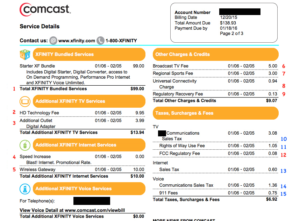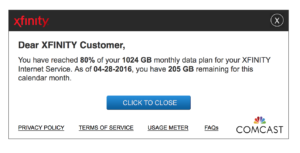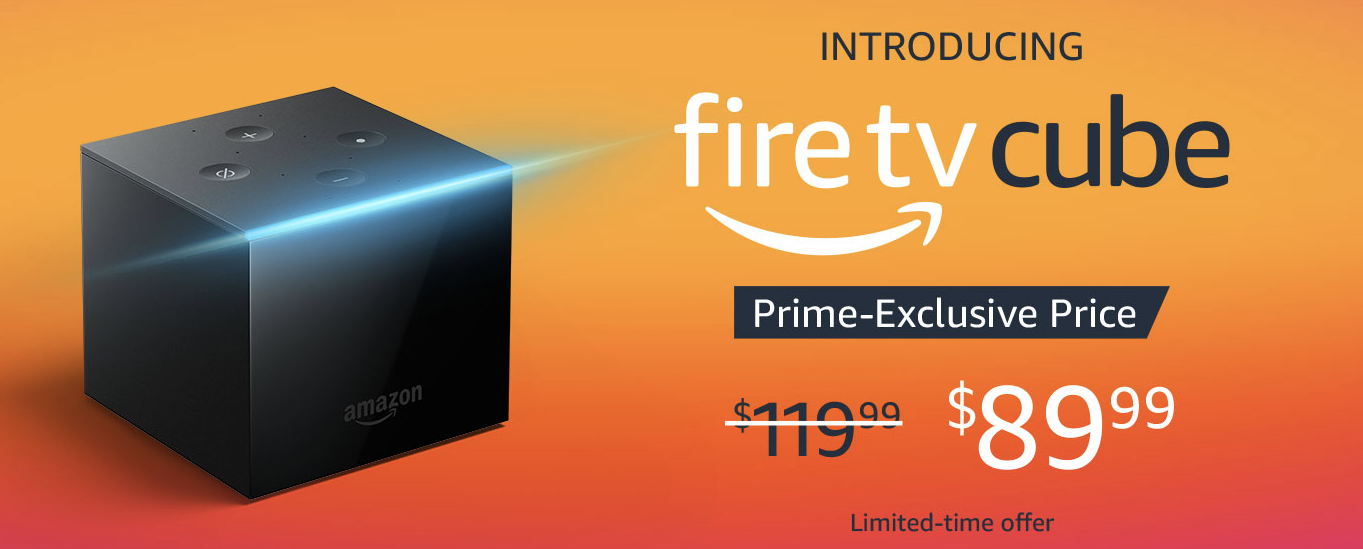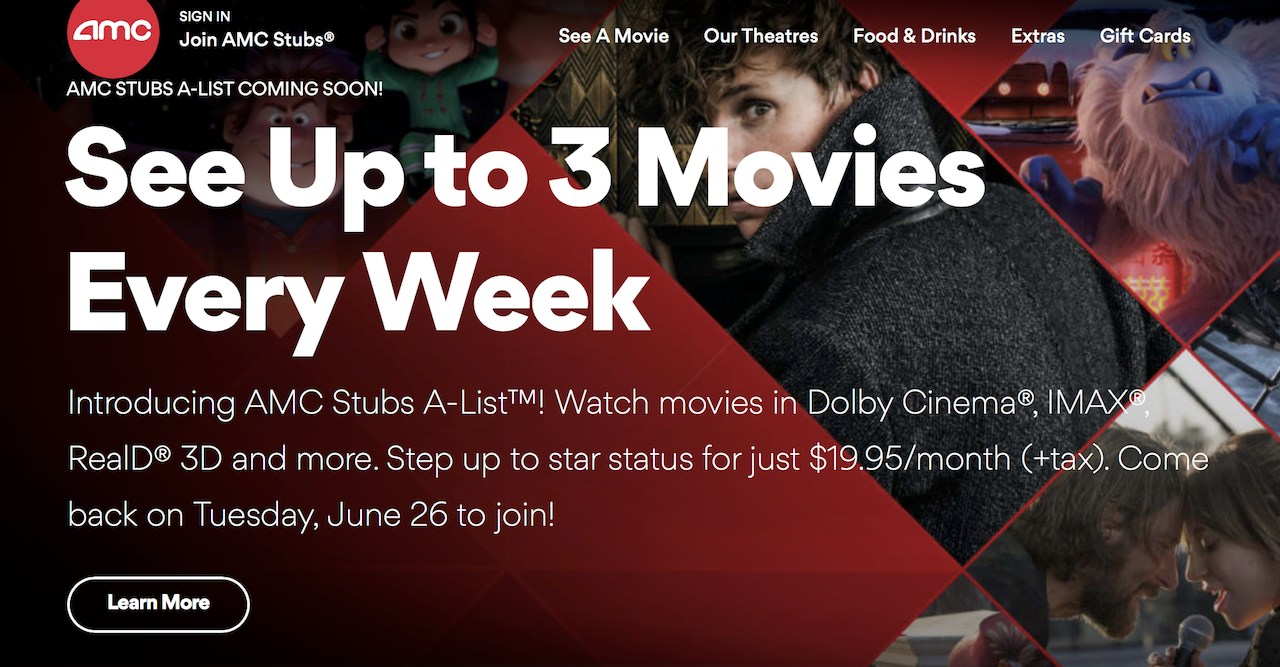Last week Comcast revealed what many of us were thinking; cord cutting is happening. In the most recent results call, Comcast announced that they had shed about 96,000 video customers. Despite these cuts, Comcast is still raking it in, having a 10.7% growth in revenue year over year. So why, if cord cutting is happening, is Comcast still making money? The answer might surprise you but Comcast told us how.
What is cord cutting?

Before I get into the nitty gritty, you need to have a little context. Cord cutters are people who rely on the Internet as their sole form of entertainment. Take myself, for example. I have a fiber Internet connection and all my TV is delivered over the Internet. It’s actually quite nice to be able to control the content. I use Netflix, Hulu, and Amazon for my video, YouTube provides some off-color entertainment, and any regular channels I may want are covered by a streaming service. The whole package has worked out nicely in the year that I basically said goodbye to Comcast.
So why cut the cord?

There are many reasons why people cut the cord but I will tell you my reason; nickels and dimes. When I first started with Comcast, my cable bill was $135 a month, Internet and phone included (I didn’t use the phone). Eventually it skyrocketed to $185 a month. And yet my basic package was supposed to be $90 a month. The reason for this discrepancy is that Comcast literally nickel’s and dime’s a person to death on everything. Want a cable box? There is a charge for that! How about a DVR? We have this nice technology fee that we need to add on. Don’t forget your Regional Sports Network fee. Oh, and the HD fee because you do want HD, don’t you?. By the way, you need phone service to get the best deal. The deal with cord cutting, at least for me, was the idea of getting the royal screw-job by Comcast. I’m sure there are other reasons to cut the cord, but I can only speak for myself in this case.
So why don’t more people cut the cord?
The answer lies in what Comcast told the media during their earning report leading me back to my opening paragraph, how is Comcast increasing earnings and revenue while losing video customers? Well the answer is in the up-sell and the lock-in. Comcast announced that they are going to prevent Internet-only customers from being able to “Speed Boost” their Internet. This, my friends, is how you hobble the Internet to avoid cord cutting. In other words, Comcast will deliberately not allow cord cutters to move to high speed packages unless said cord cutters pay for some kind of video package, aka the up-sell. As anyone who has ever looked into cord cutting knows, the key to success is data speed. Speed determines whether your movie plays as well as a new Blu-Ray or as horrible as a scratched disc, especially if you have a house full of other people also using the Internet. This is literally Comcast holding people hostage just to boost their video subscriber base.

And this isn’t the first time Comcast has done something to try and curb cord cutting. Comcast has instituted data caps across the nation. In many markets Comcast is the incumbent, often running with little to no competition. This data cap leaves most American’s with a fear of hitting the imaginary and arbitrary data ceiling. According to Comcast, the reason for the data cap is to curb heavy users. For someone like myself, the 1 terabyte data cap is nothing. But the reality is that Comcast doesn’t have a problem with heavy users, so long as they are willing to open their wallet. According to Comcast terms of service, if you go over your data cap, you’ll simply pay $10 for 50 additional gigs. Basically, Comcast just wants to keep that revenue high, not really lower data usage. And what’s worse is that Comcast’s own services such as on-demand that would ordinarily eat data is zero-rated, meaning all of Comcast’s provided services are basically free of any caps. It’s the non-Comcast stuff that will take your data away.
In Conclusion:
The reason why Comcast is still raking in the dough is because the company has managed to find other sources of revenue while finding ways to deter to consumers from taking the plunge into the cord cutting pool. From up-selling customers into buying video for faster Internet, to bundling, to the nickels and dimes, and finally to the data caps, Comcast has managed to set up deterrents that would make any cord cutting American cringe. And they can do this simply because they are, in many cases, the only ISP in town. I’m fortunate to live in an area with a choice but many are not. If you happen to live in an area where ISP’s are competitive, I would encourage anyone to look at cutting the cord, especially out of principal. But if you don’t have competition, it’s easy to understand how you might not consider cutting the cord.
![[Seeq].TV](https://seeq.tv/wp-content/uploads/2018/05/SEEQ-red-black-copy-3.jpg)



